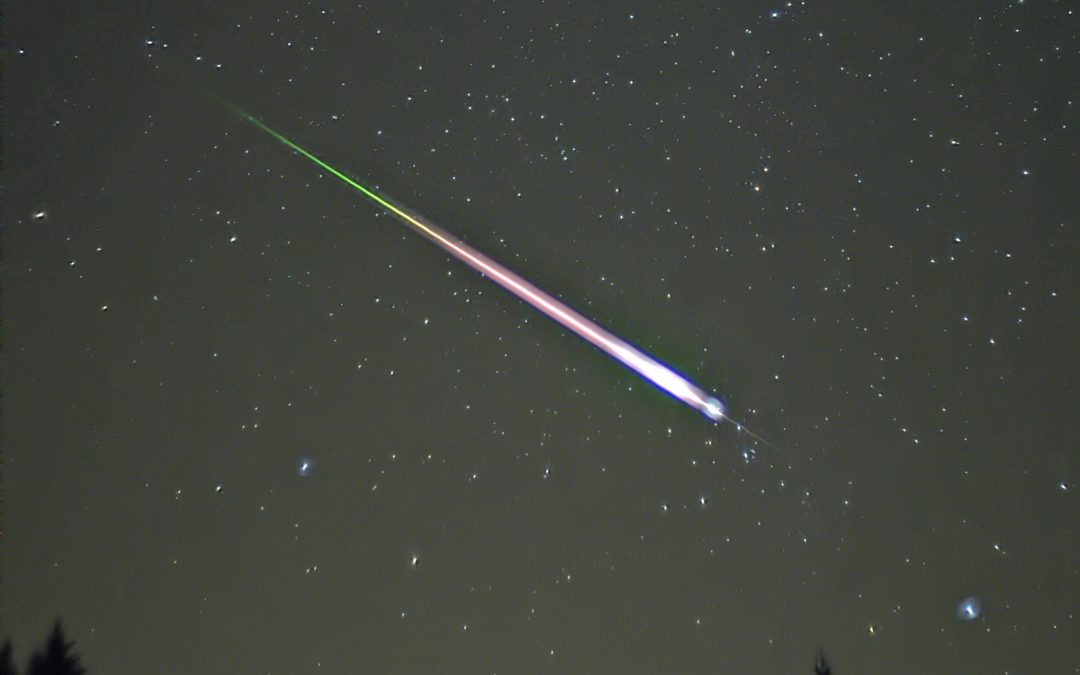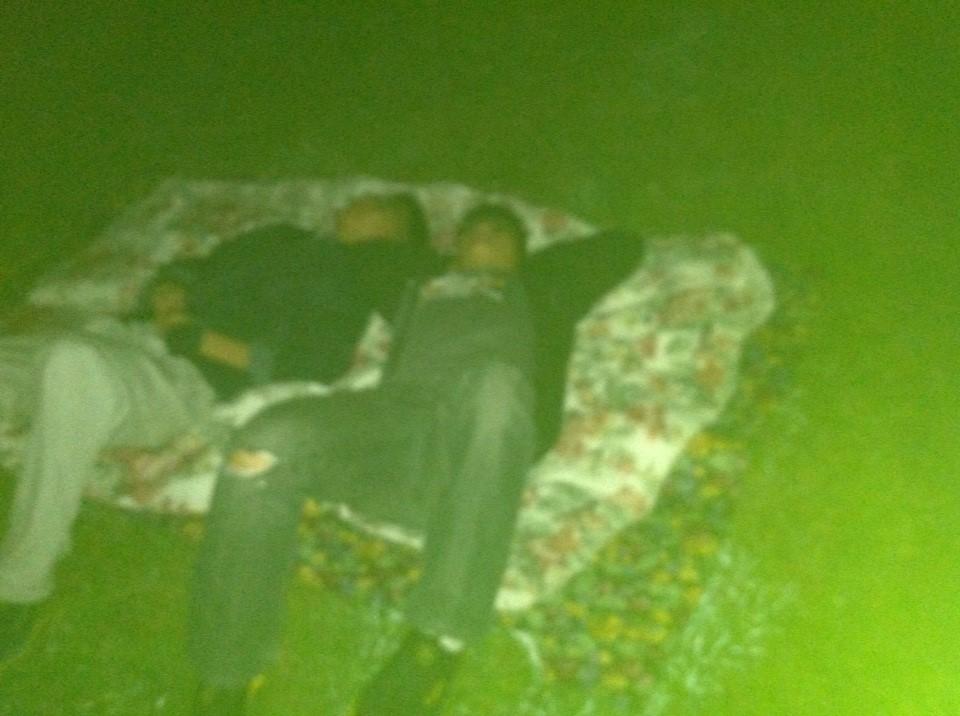
|
Every year in early August, we are treated to a special “nature show,” called a “meteor shower.” No, this has nothing to do with using water or staying clean. It has to do with science, so we will need to know some terms first. A comet is basically a big ball of ice and rock that travels around the sun on an orbit. These comets circle around the earth with a set orbit, so we know in advance when they will pass near the earth. When comets pass by earth, they drop off smaller rock-like pieces and fragments. The Swift-Tuttle Comet is the “parent” of the chunks of rock that create the August meteor shower. A meteor is a large “stone-like” object that falls off the comet and then enters the earth’s atmosphere. As these fragments enter the earth’s atmosphere, they burn up. This burning action lets off light, which appears as streaks of light. This happens day and night, but we cannot see it during the day, because the sun is out. Just one of these streaks of light is called a shooting star. Normally these are rare to see. When we see lots of them in a short time, it is called a meteor shower. Two of the biggest meteor showers of the year occur every January and August. The meteor shower in August is caused by the Swift-Tuttle Comet, which drops off lots of chunks of “junk” as is passes by Earth. Most of the “flying rocks” burn up before they hit earth. However, sometimes the meteor actually hits the earth, like the big one that hit Russia on Feb. 15, 2013. A meteor that hits the earth (which is rare), is called a meteorite. Watch this video to find out more. Meteor hits Russia. The August meteor shower is called the Perseid meteor shower. This is a popular one to watch in the USA, because summer nights feel cool, and it is comfortable to set a blanket or chair outside to watch them. Plus, most kids are on vacation from school, so they can stay out late at night looking for shooting stars without worrying about waking up early for school the next day. In contrast, the January meteor shower is not popular to watch; in most of the US, it is too cold to lie outside in January, especially in the middle of the night! The peak viewing time for the August 2015 shower was Aug. 12-13, about 3:00-4:00 am. One aspect that made the 2015 meteor shower special was the fact that there was a new moon at the time of the shower. In other words, a full moon creates much light in the night sky, so it is hard to see the shooting stars. But a new moon means the moon is not visible, so the night sky is very dark, making it easier to see the stars. To watch the meteor shower, spread out a blanket on the ground to look up at the night sky. You might want to bring a jacket, because it can get cool at night. Maybe you can bring popcorn or another snack. Be away from lights as much as possible, so look for a place out in the country away from city lights. One of my relatives, who grew up in Richmond, Virginia, said watching the August meteor shower was always a favorite activity from her childhood. August 12, 2015 was the day when our two Chinese students, Deron and Matthew, arrived in Virginia in order to attend a US high school. Their first day was busy: flying into Roanoke, VA, setting up a bank account, moving into their new room, going to church youth group to meet new friends, etc. But despite their busy first day and jet lag, they were game and willing to go out at 10:45 that night to see the meteor shower at its peak. With our dog, Daisy, in the car, I drove them on the famous Blue Ridge Parkway and we stopped at an overlook away from city lights. The absence of any moonlight or clouds made the night sky easy to see. We spread a blanket on the ground so we could get comfortable and look up at the sky. After a few minutes, our eyes adjusted to the darkness. We were there from about 11:00-11:45, and saw about ten shooting stars. Some had a short path and were brief, while a few had a long trail across the sky and lasted for a couple of seconds.
Deron and Matthew, watching the meteor shower.
If you have a chance, try to watch the August meteor shower. It’s also something we offer our Summer Campers who come to the USA for the DreyerCoaching.com Summer Camps. It’s fun! |


